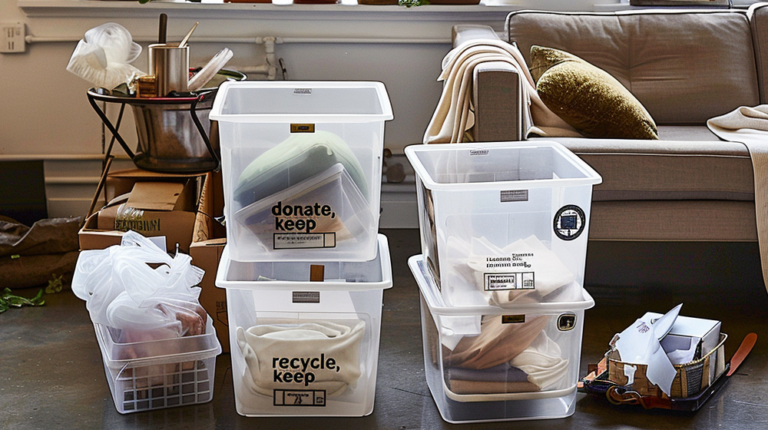Many environmentally conscious tenants do not take advantage of collaborative consumption, which is an inherent potential for sustainable living. By intentionally sharing resources rather than duplicating them, you can significantly reduce your overall environmental impact while also saving space and money, three things that most tenants value. However, if there are ambiguous guidelines, sharing can quickly become annoying. Let’s look into ways to create sharing frameworks that benefit all parties.
The Justification for Environmental Sharing
Before getting into systems, let’s understand the importance: every shared item is an example of waste not ending up in landfills, resources not being removed, manufacturing energy not being used, and packaging not being manufactured. More than a passing trend, the sharing economy is a practical approach to sustainability that thrives in shared housing.
Types of Kitchen Appliances and Cookware Roommates Can Share
The kitchen is certainly the most apparent area to share. Sharing resources makes the kitchen more practical and less crowded, as opposed to each roommate having their own blender, toaster, and pans.
Implementation tip: Keep an electronic log of who brought what essentials, being especially mindful of anything that costs more than $50. This approach prevents confusion when someone eventually moves out. For daily use, simple guidelines like “clean immediately after use” and “return to designated storage spot” should be set up to minimize friction.
Food Staples and Pantry items
Roommates who organize their purchasing significantly reduce food waste.
Implementation tip: Use a shared digital list that has columns for “personal” and “shared” products (a simple Google Doc or an app like OurGroceries works well for this). Establish a household fund for essentials like cooking oils, spices, and wheat, or establish a schedule for who gets to buy replacements.
Equipment and Sanitation supplies
Duplicate cleaning supplies not only waste money and storage space, but they also generate unnecessary packaging waste.
Implementation tip: All cleaning supplies should have clear labels and be kept in a central location that is simple to reach. Use a pooled fund or contribution plan for consumables like dish soap or all-purpose cleanser. Create a simple checking procedure if someone has to use a vacuum or other tool in their personal space.
Subscriptions to Media and Entertainment
Streaming services and media subscriptions provide the perfect environment for cost-sharing.
Implementation tip: Create a shared document that defines which roommate is responsible for which service, securely storing login credentials. Rotate each person’s monthly service payments to ensure equal contributions. As an alternative, manage the payments using an expense-splitting program like Splitwise.
Putting in Place stable Systems
The success of any sharing economy depends on clear communication and protocols. Here are some tips for creating structures that will hold up after the initial enthusiasm:
1. The House Manual’s Method
Create a “house manual” on paper or in digital format that includes the following:
- What belongs to the individual vs. the community
- How to handle shared items
- Procedures for substitution
- The appropriate method for borrowing personal property
Please review and update this document every three months to address any issues that may have arisen.
2. Frequent Check-ins
To discuss how the sharing mechanisms work, schedule monthly “house meetings” with a specific agenda item. This approach prevents minor irritations from becoming arguments amongst housemates.
3. Fair Financial Frameworks
Regarding consumable shared resources, take into account:
- A domestic container for small purchases
- A common digital wallet for large purchases (PayPal, Venmo)
- Splitwise and other apps are useful for tracking ongoing joint spending.
4. Pay Attention to Boundaries
We shouldn’t share every piece of knowledge. The following categories should be clearly defined:
- freely exchanged common items
- Personal belongings that are prohibited
- Personal belongings that can be borrowed with permission
Tools for the Management of Digital Resources
Use technology to make your sharing procedures simpler:
- To schedule shared resources: Color-coded Google Calendar
- To keep tabs on joint spending: SettleUp or Splitwise
- To serve as a reminder throughout the house: Use a shared Trello board or the Home app
- For shared shopping lists, use either AnyList or OurGroceries
When you properly use these collaborative consumption techniques, your shared living space becomes a more ordered and tranquil home and a symbol of sustainable ideals. The best thing about these systems is how scalable they are; they work just as well in a two-bedroom apartment as they do in a six-person house share.
Keep in mind that the purpose is not to rigorously adhere to the guidelines, but rather to promote a culture of deliberate sharing that respects both individual needs and sustainability goals.






